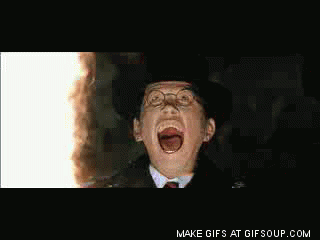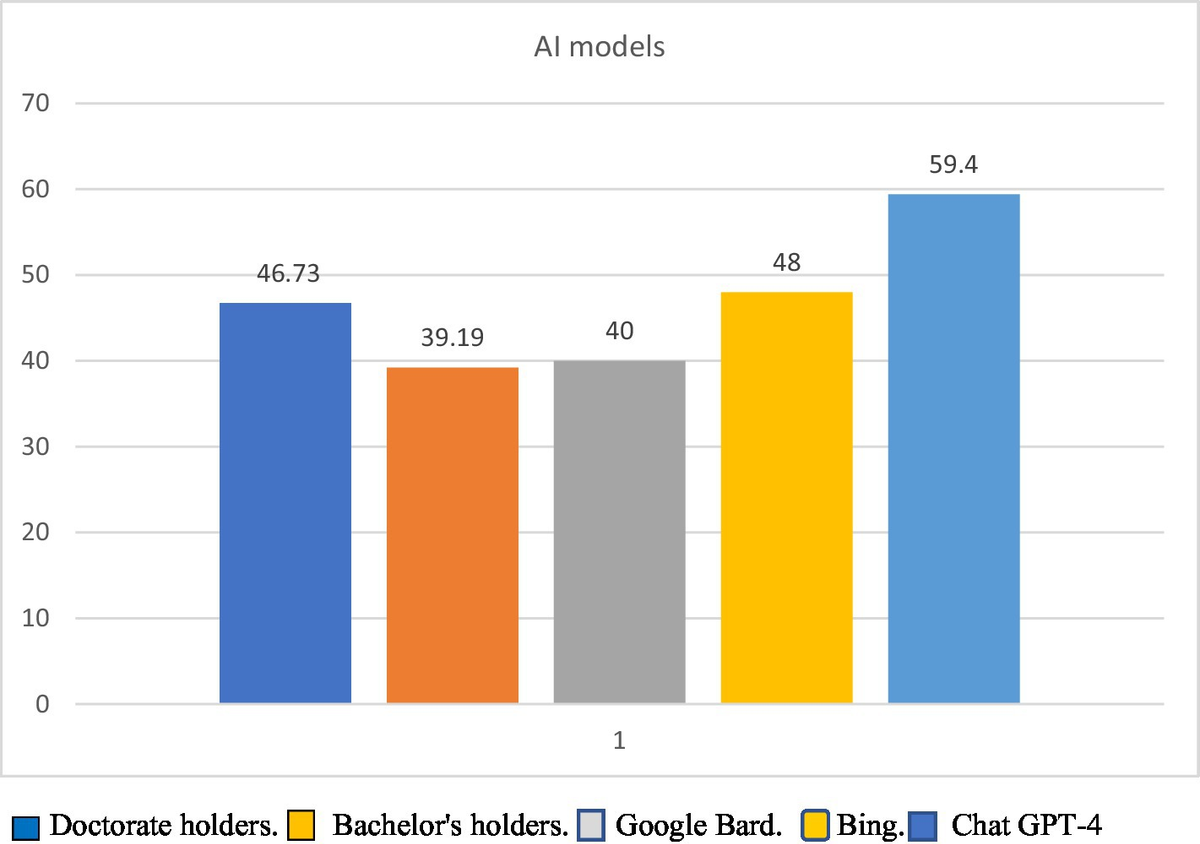me after taking the subscriptions chatGPT recommends
Death By Prescription
By one estimate, taking prescribed medications is the fourth leading cause of death among Americans.
By
Michael O. Schroeder Former Staff WriterSept. 27, 2016, at 9:00 a.m.
Americans are
taking more medications than ever before.
Nearly 60 to 70 percent of us take at least one prescribed drug, depending upon the estimate; for many it amounts to a fistful, potpourri of pills per day. Meanwhile, new drug approvals have reached a 19-year high. It’s a mark cheered notably for the swift minting of medications to tackle so-called “orphan diseases,”
rare conditions for which few or no treatment options exist. But critics say an expedited drug approval process is opening the door for riskier drugs – including many not proven to provide unique benefits over drugs already on the market.
Even as an
opioid overdose crisis sweeps the country, another ubiquitous, insidious danger is hidden from view. There’s no formal process for quantifying injuries,
hospitalizations or even deaths caused by therapeutic drug use – which excludes overdose or misuse. “Risk management begins with measuring things accurately, so you know what the threats are and the ones where you should be paying attention,” says Thomas J. Moore, senior scientist for drug safety and policy at the Institute for Safe Medication Practices. But he notes that there’s no system in place or accepted methodology for developing these tallies for prescription drugs, unlike with overdoses. Health providers and consumers are encouraged to report adverse drug reactions to the Food and Drug Administration, and the agency can issue safety communications, require drug label warnings and pull drugs from the market, among other risk management measures. But the FDA says it’s unable to use the incomplete adverse event reporting data to quantify overall deaths that result from therapeutic drug use.
The difficulty involved in trying to estimate the toll, however, hasn’t stopped Moore and other researchers from seeking to quantify how many people die annually from taking prescribed drugs – often by closely evaluating hospital admission studies. Estimates dating back nearly two decades put the number at 100,000 or more deaths annually, which includes a study published in the Journal of the American Medical Association in 1998 that projected 106,000 deaths. A more recent analysis estimates 128,000 Americans die each year as a result of taking medications as prescribed – or nearly five times the number of people killed by overdosing on
prescription painkillers and
heroin.
....
Our prescription drugs are the third leading cause of death after heart disease and cancer in the United States and Europe. Around half of those who die have taken their drugs correctly; the other half die because of errors, such as too high a dose or use of a drug despite contraindications. Our...

pubmed.ncbi.nlm.nih.gov
Our prescription drugs kill us in large numbers
Peter C Gøtzsche
PMID: 25355584 DOI: 10.20452/pamw.2503
Free article
Abstract
Our prescription drugs are the third leading cause of death after heart disease and cancer in the United States and Europe. Around half of those who die have taken their drugs correctly; the other half die because of errors, such as too high a dose or use of a drug despite contraindications. Our drug agencies are not particularly helpful, as they rely on fake fixes, which are a long list of warnings, precautions, and contraindications for each drug, although they know that no doctor can possibly master all of these. Major reasons for the many drug deaths are impotent drug regulation, widespread crime that includes corruption of the scientific evidence about drugs and bribery of doctors, and lies in drug marketing, which is as harmful as tobacco marketing and, therefore, should be banned. We should take far fewer drugs, and patients should carefully study the package inserts of the drugs their doctors prescribe for them and independent information sources about drugs such as Cochrane reviews, which will make it easier for them to say "no thanks".









